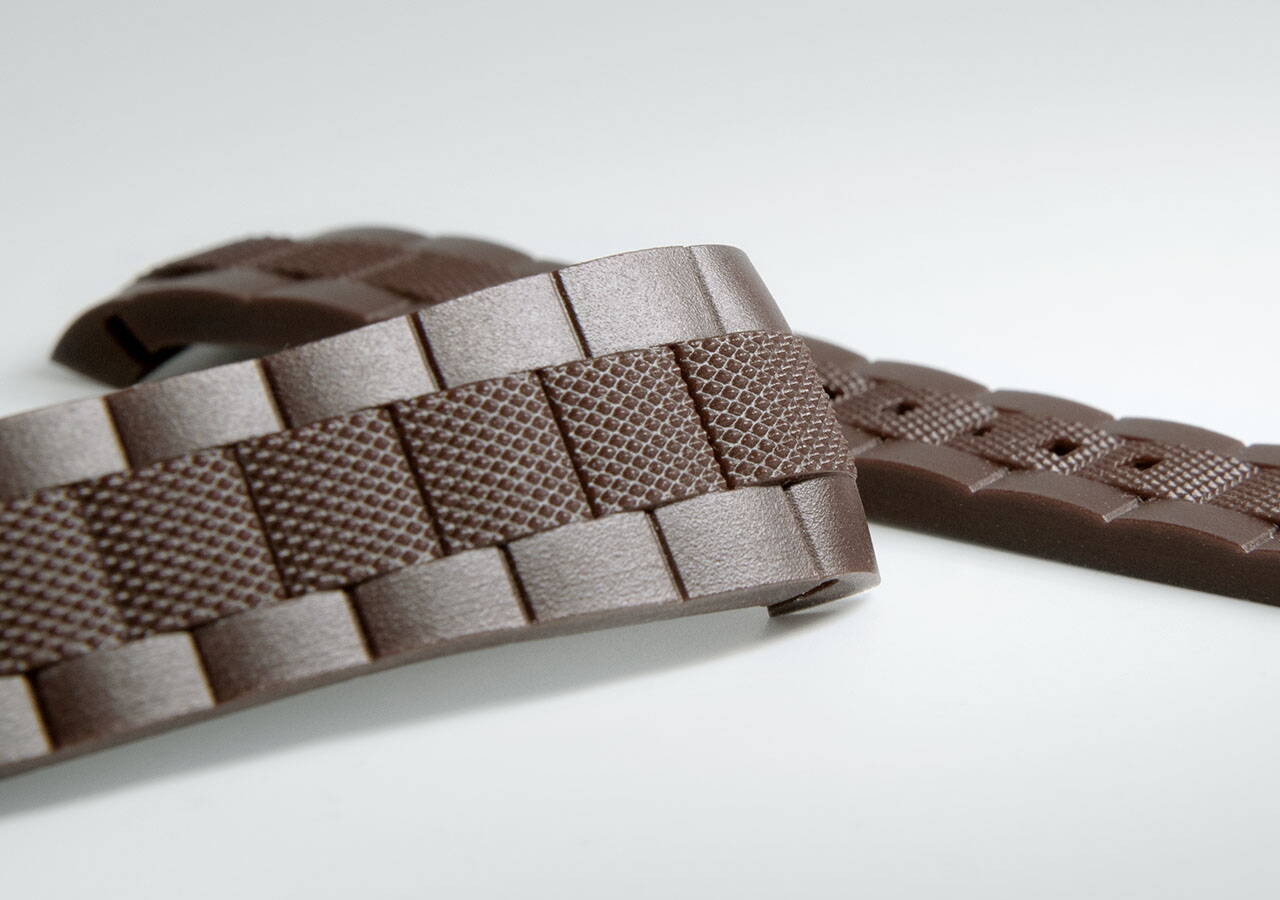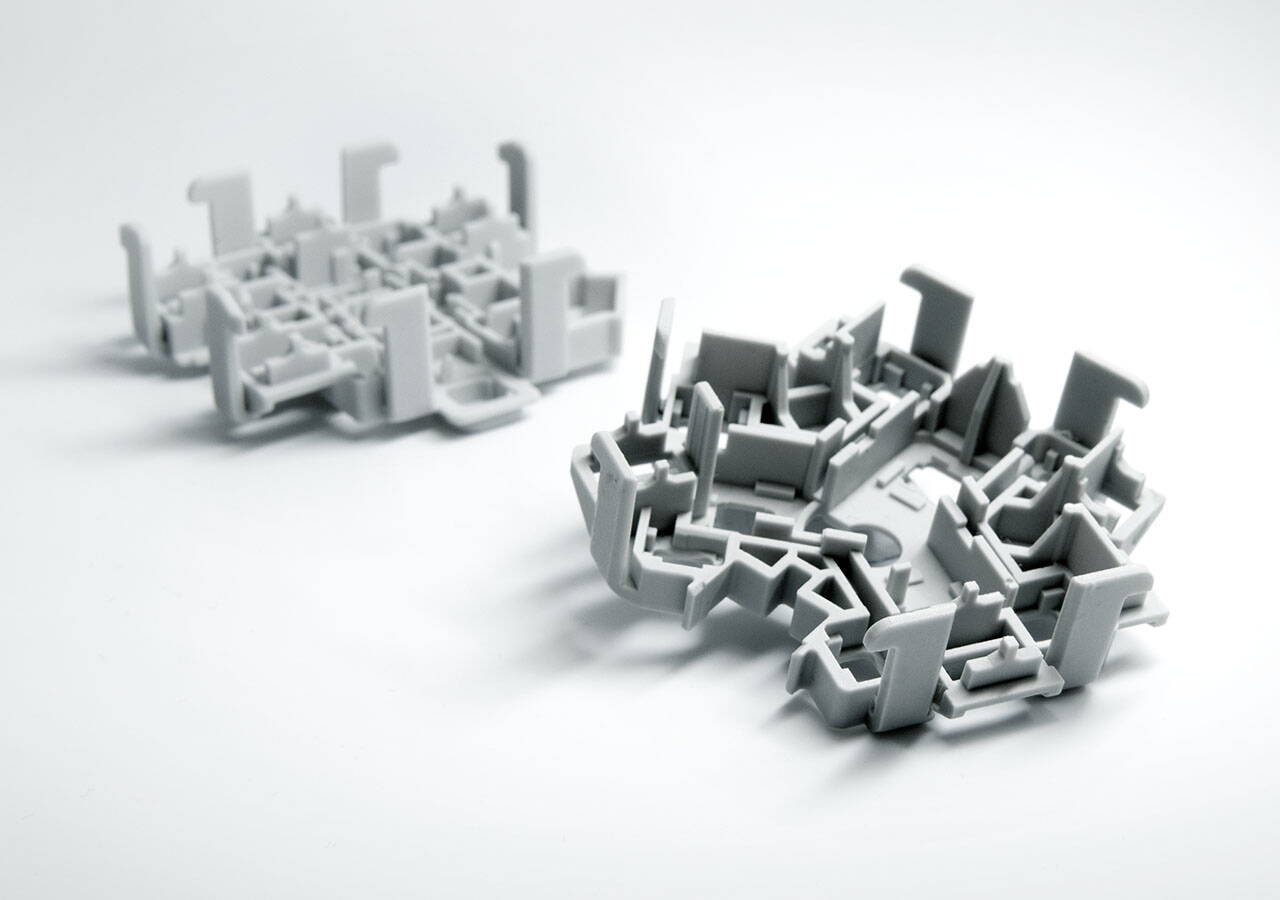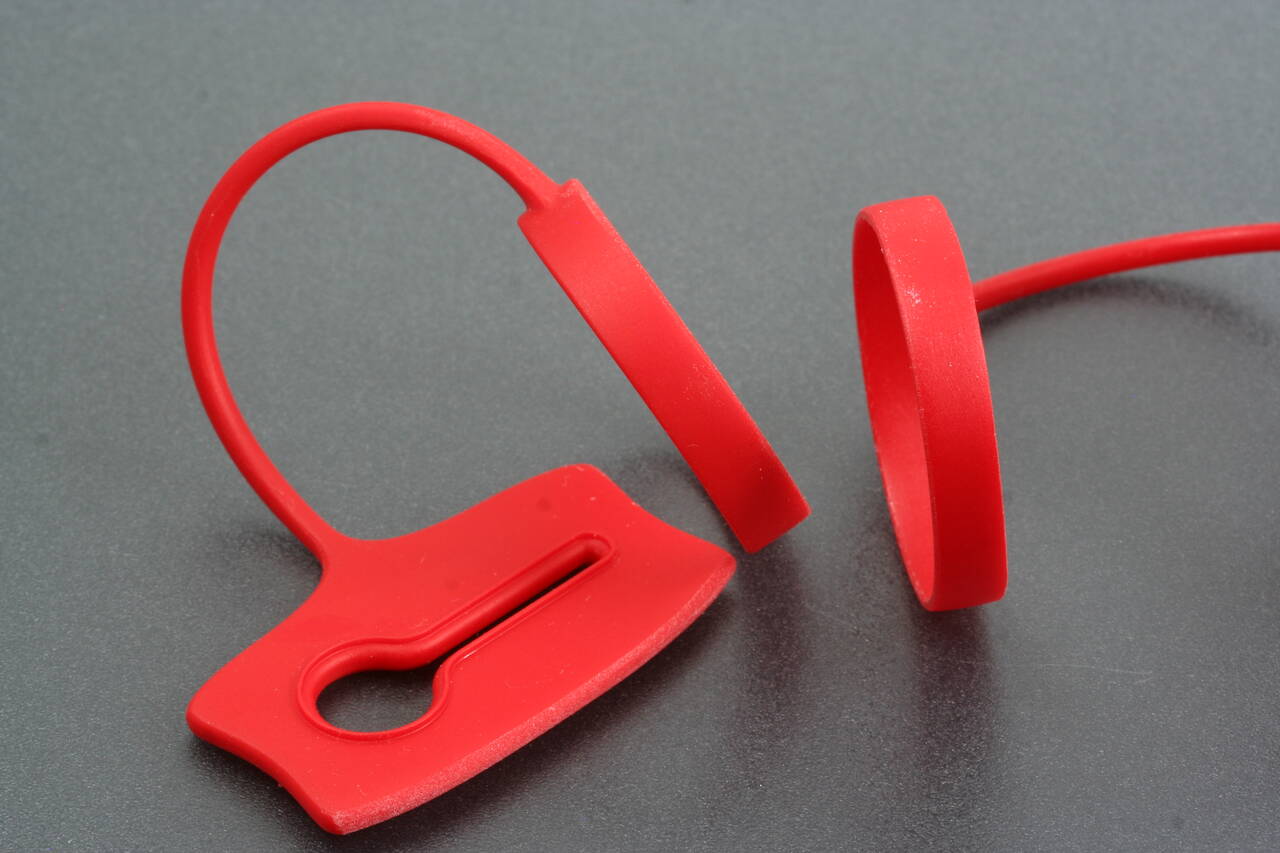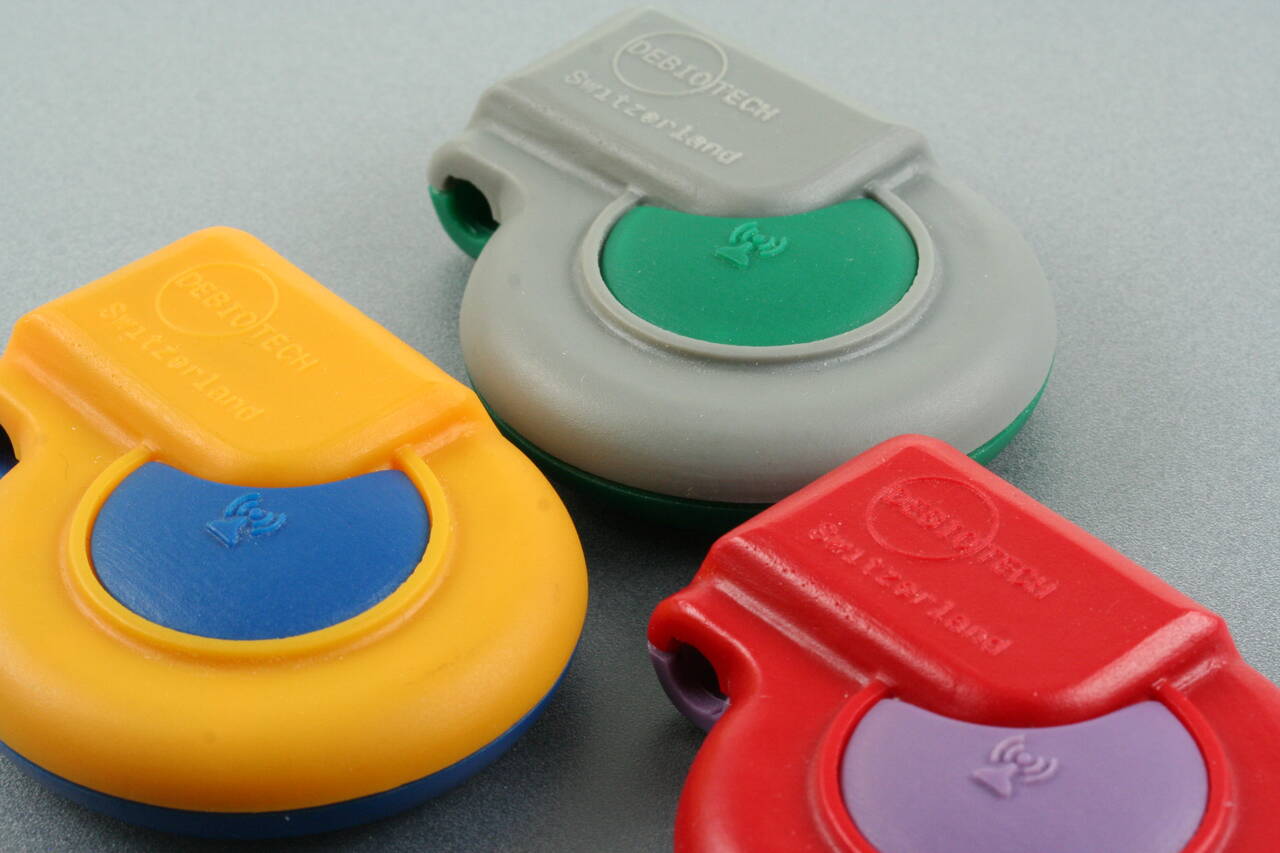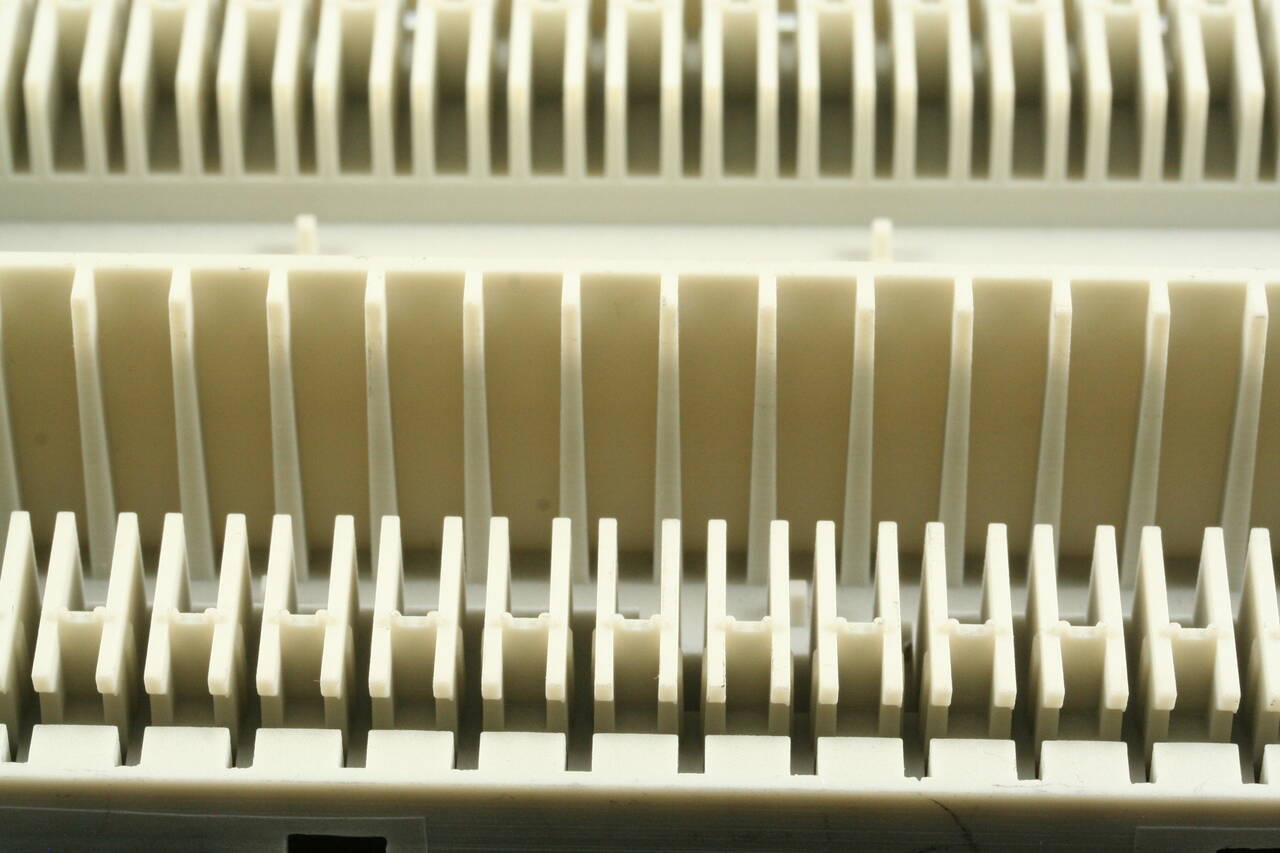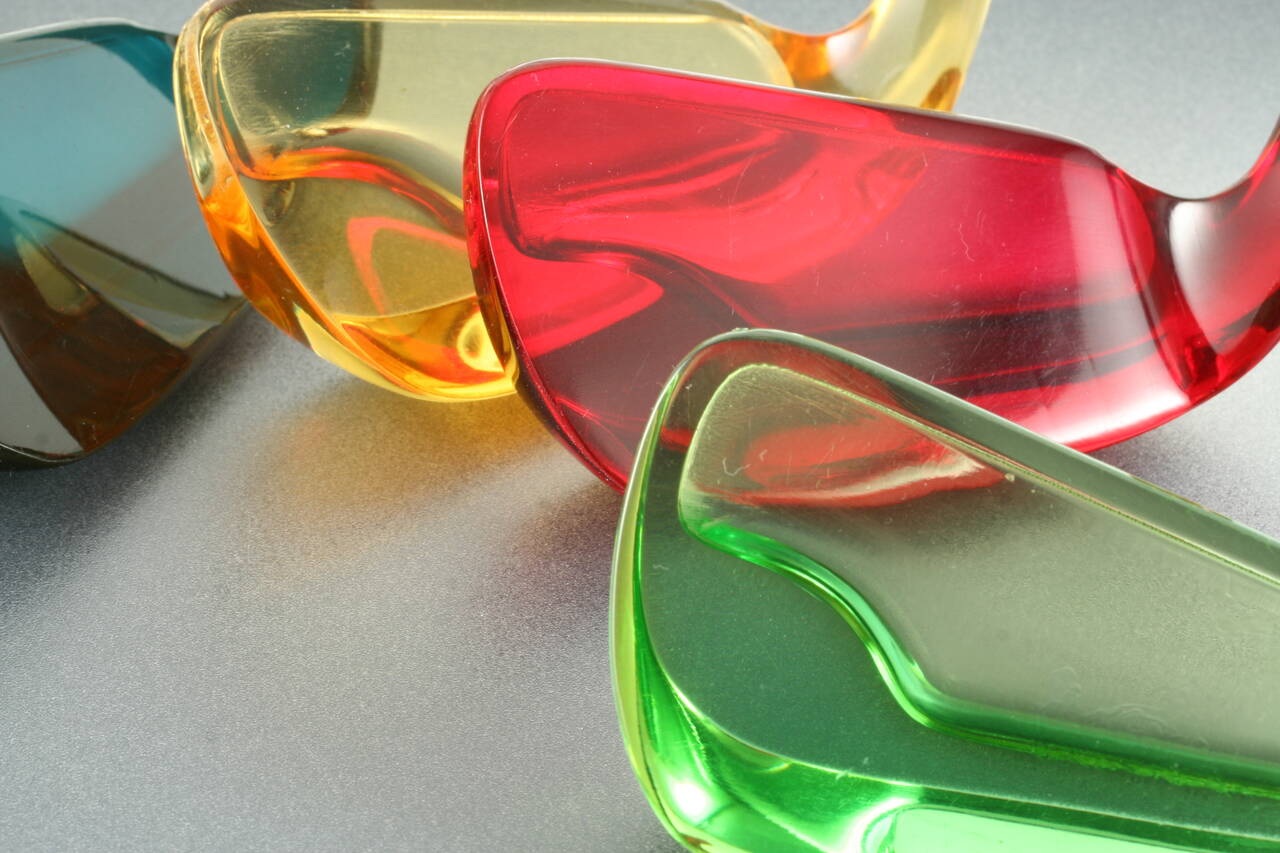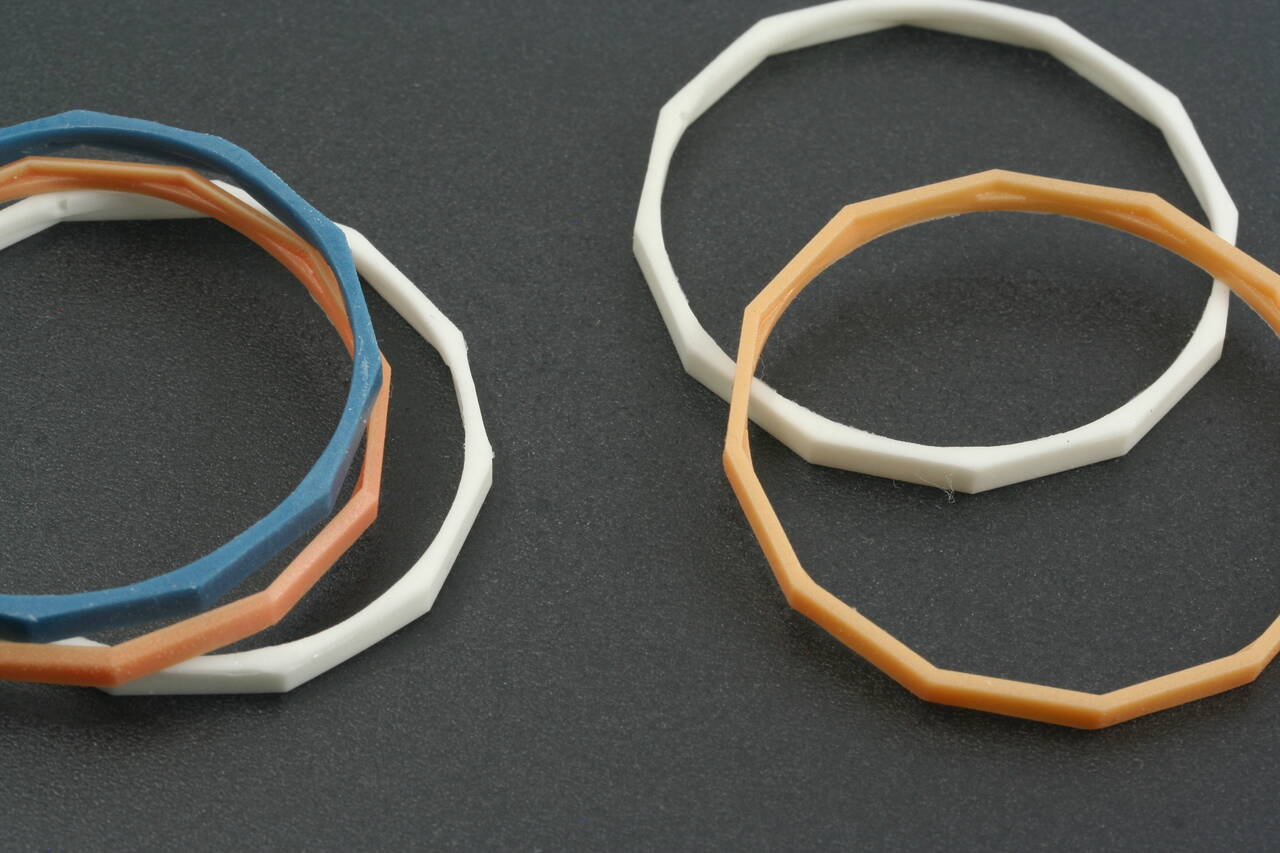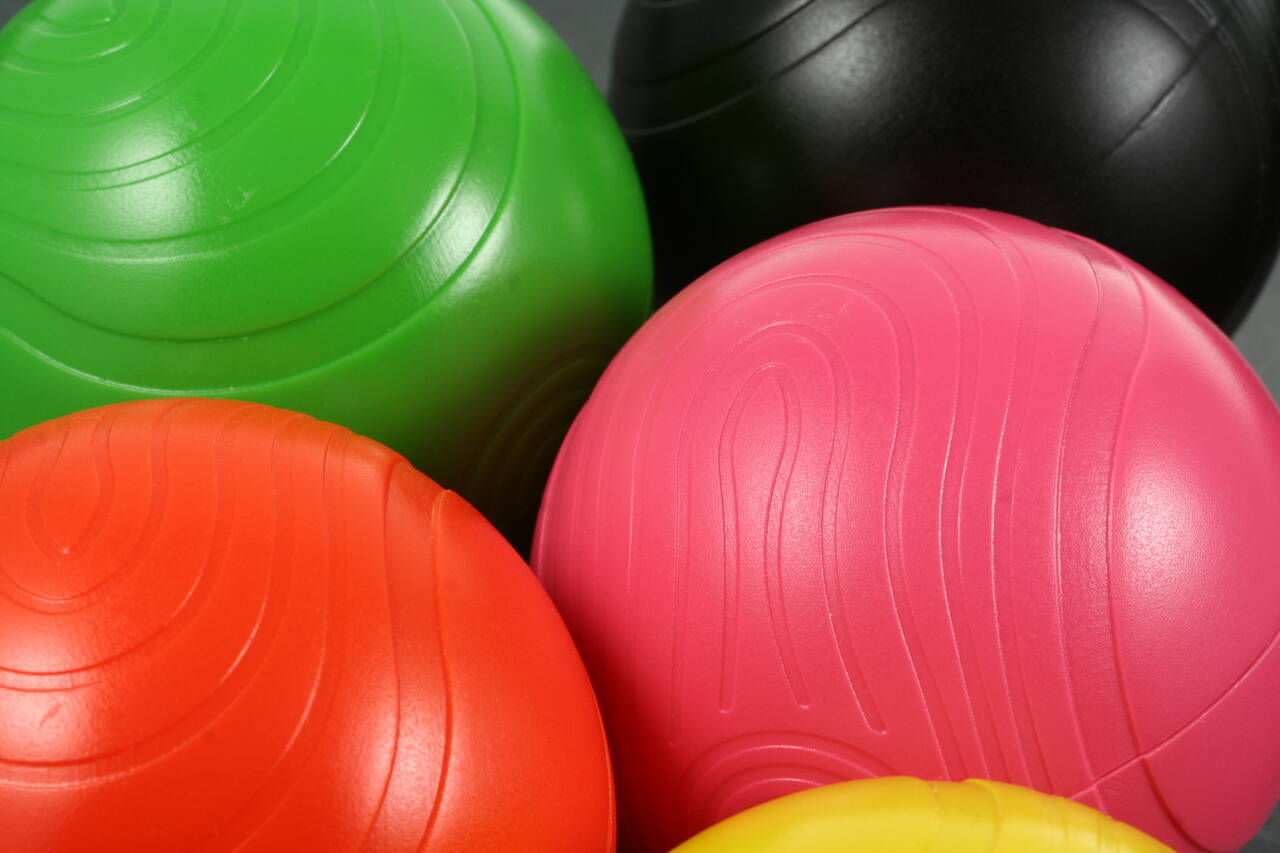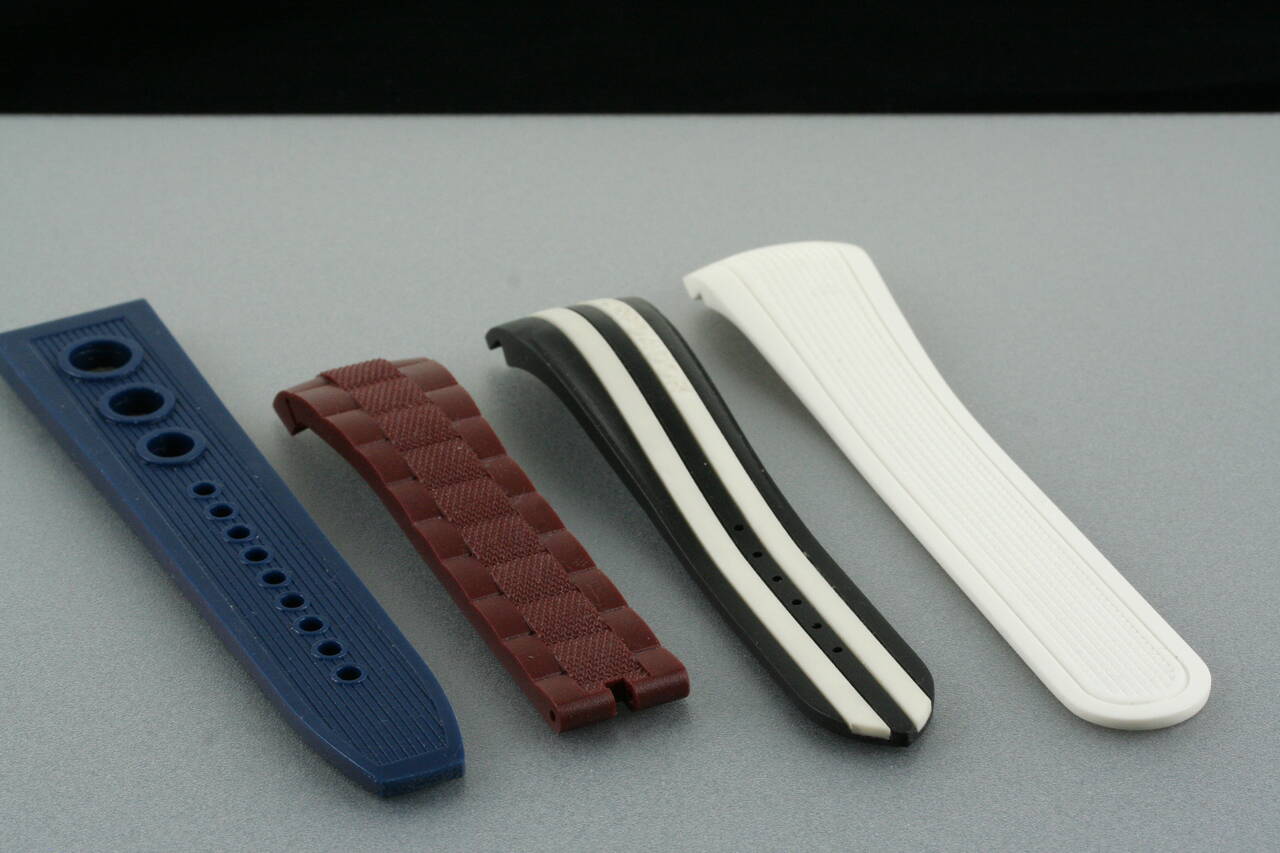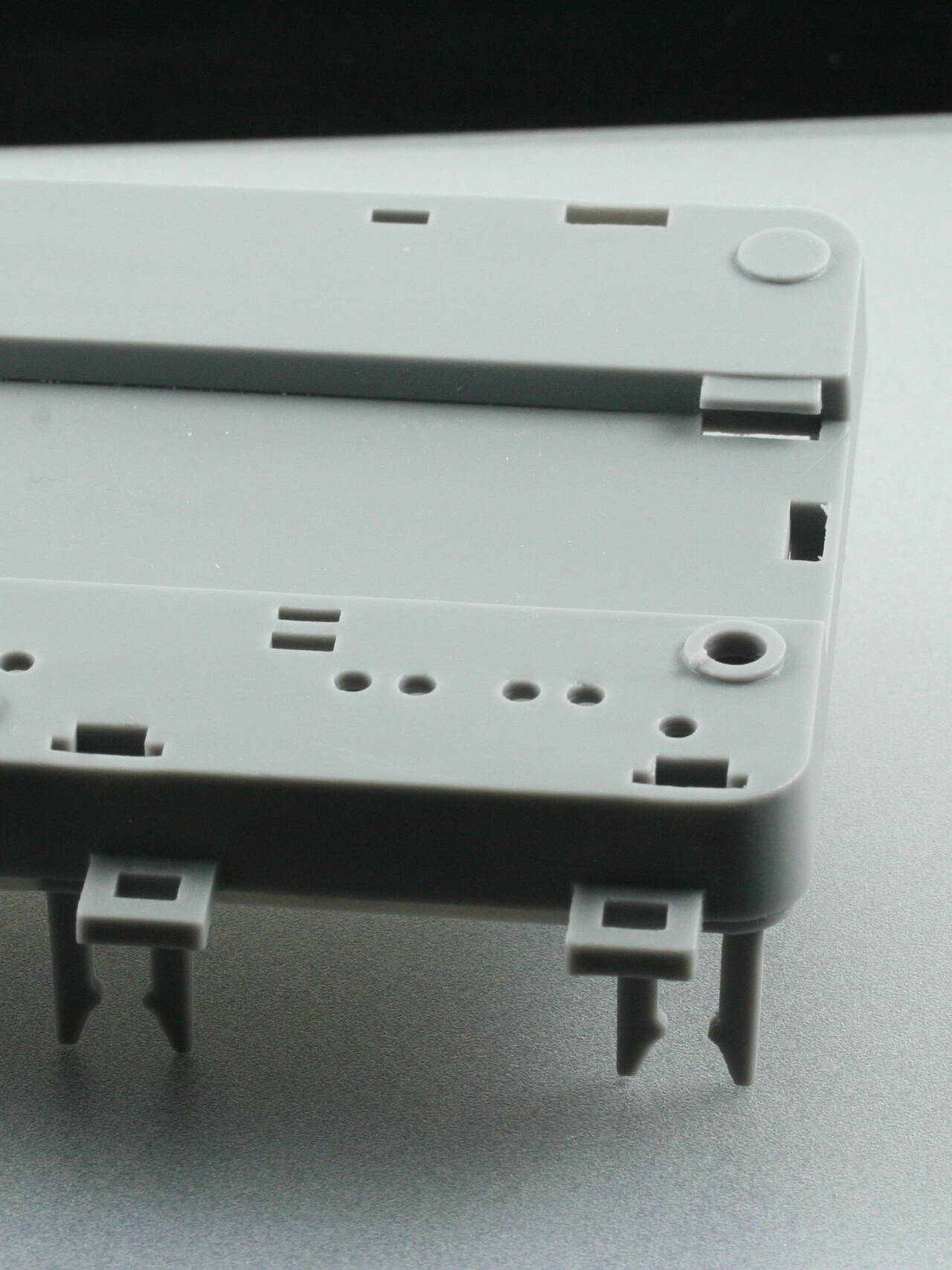



Applications
Models for design and market studies, for functional and assembly tests or construction verifications. This method allows one to build small series from a master, economically moulded.
Particularly suitable for preproduction series or small series; typically 5 – 100 pieces
The process
Vacuum casting
A precise master which is typically made using stereolithography together with a special overflow system is cast into a silicon mould. After hardening, the mould is split and the master is removed. The interior sides of the mould are coated with a silicon spray which prevents the prototypes from adhering to the mould. The mould is closed and placed in the lower chamber of the casting machine. Simultaneously, in the upper chamber, the two components of the resin are evacuated. Those two components are now blended and cast into the mould. The part is finished manually and further surface treatment or professional painting is possible.
Life of a silicon mould: approx. 15 – 25 parts
Silicon rubber casting
In contrast to vacuum casting, silicone casting uses stereolithography to produce a hard epoxy mould; a master model is not necessary. The epoxy mould is then filled under vacuum with a silicon rubber. The possible geometries are somewhat more limited with silicone casting than with classic vacuum casting. The silicone castings can also be coloured in the basic colours. From the huge number of available silicones, only very few silicones are suitable for this technique.
Materials
A very broad range of materials are available to us. Please find below a coarse classification:
Polyurethane resins with different elastomer-like and thermoplastic properties (hardnesses Shore A 25 – D 85)
Silicons in different Shore A hardnesses available (A28 – A 60)
More technical information about the materials regularly used you find in our summary sheets
for rigid an semi rigid materials and
flexible materials.
Technical equipment
Several vacuum casting installations from SLM (maximal mould size approx. 580 x 500 x 450 mm³)
Delivery time
4 – 6 working days

